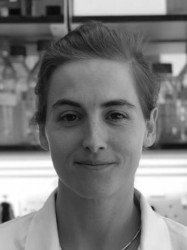BibTex format
@article{Hawthorne:2016:10.1042/BST20160245,
author = {Hawthorne, W and Rouse, S and Sewell, L and Matthews, SJ},
doi = {10.1042/BST20160245},
journal = {Biochemical Society Transactions},
pages = {1643--1649},
title = {Structural insights into functional amyloid inhibition in Gram –ve bacteria},
url = {http://dx.doi.org/10.1042/BST20160245},
volume = {44},
year = {2016}
}

